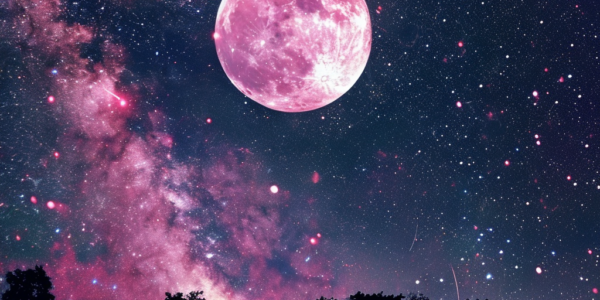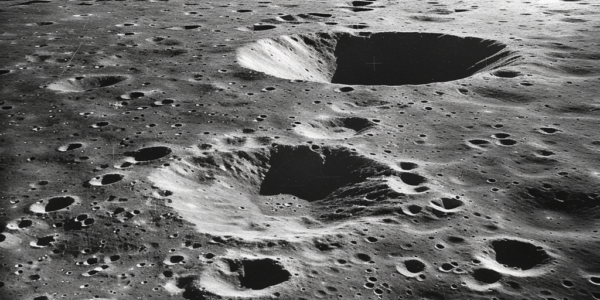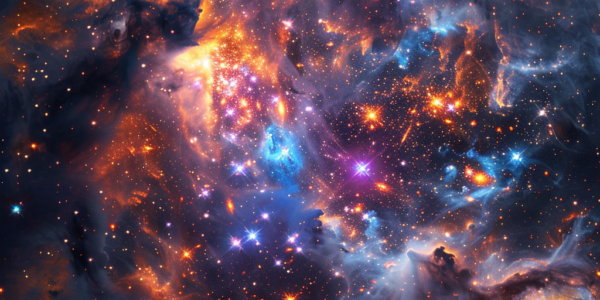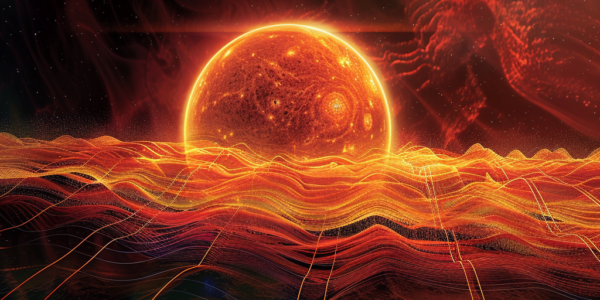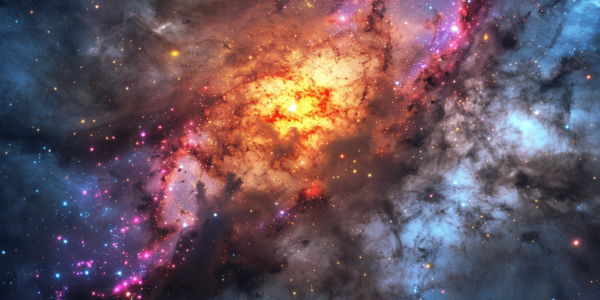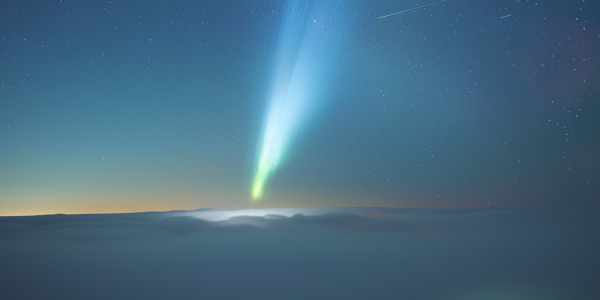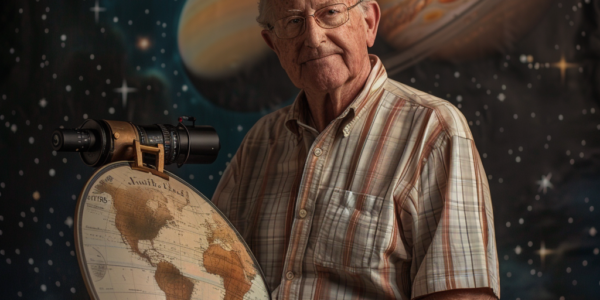KASI to Conduct Ground Observations of CODEX During Total Solar Eclipse
South Korea’s space institute, KASI, plans to conduct ground observations of the Coronal Diagnostic Experiment (CODEX) during the total solar eclipse on April 8th in collaboration with NASA. This presents a unique opportunity to study the Sun’s corona, normally obscured by bright sunlight. KASI will dispatch teams to Texas to utilize polarizing cameras and a new polarimetric instrument, marking a significant advancement in solar science.
Must-See Celestial Events Happening in April
Get ready for some amazing celestial events in April! From the Lyrid Meteor Shower to the Pink Supermoon, Eta Aquarids, and a close conjunction of Venus and Mars, there are plenty of opportunities to witness the beauty of the night sky. Whether you’re an experienced stargazer or just starting out, these events are not to be missed.
Scientists Call for Better Protection of the Moon from Development
Scientists are calling for the protection of the moon from development to safeguard its valuable sites for scientific study. The lunar surface’s most precious sites for scientific study are under threat from mining, satellites, and bases, as a groundswell of pending projects are on the horizon. With a limited number of desirable lunar sites, researchers argue for the protection of these extraordinary scientific important sites (SESIs) in order to preserve their scientific importance.
UC Berkeley to manage $300 million NASA mission to conduct first all-sky survey of ultraviolet sources in the cosmos
UC Berkeley has been selected to manage a $300 million NASA mission called UVEX (UltraViolet EXplorer) that is set to launch in 2030. The mission, led by the Space Sciences Laboratory (SSL) at UC Berkeley, will conduct the first all-sky survey of ultraviolet (UV) sources in the cosmos. The UVEX mission, headed by Fiona Harrison, a UC Berkeley Ph.D. recipient and professor of physics at the California Institute of Technology, aims to provide valuable insights into the evolution of galaxies and stars, both in the present and the distant past. This initiative is expected to complement other ongoing or planned surveys by other missions, including the optical and infrared Euclid mission led by the European Space Agency with NASA contributions, and NASA’s Nancy Grace Roman Space Telescope. According to Daniel Weisz, a science team leader for the UVEX mission and a UC Berkeley associate professor of astronomy, the launch of UVEX will mark the first time that the entire sky will be covered from the UV all the way through the infrared. This comprehensive coverage is considered groundbreaking, as ultraviolet emissions, which come from hot objects, are typically blocked by Earth’s atmosphere and must be studied from space. The survey will specifically focus on hot, massive blue stars, many of which are believed to be members of binary star systems, as well as exploding stars. UVEX will map the distribution of these ‘stripped’ stars in galaxies around the Milky Way. Additionally, the telescope will carry a UV spectrograph, jointly built by UC Berkeley and Caltech, to record detailed information about the UV wavelengths. With the ability to capture ultraviolet coverage of the entire sky, the UVEX mission is poised to provide groundbreaking insights into our understanding of galaxies, stars, and stellar explosions.
Local News Highlights
Participate in the BEAD Challenge for a healthier lifestyle. Tragedy in Perry County. Franklin County Juvenile Detention Center to shut down. Positive trend in US job report. Southern Illinois University Carbondale hosting public talks on total solar eclipse.
Tiniest ‘starquakes’ detected in orange dwarf star
Groundbreaking discovery in astrophysics as researchers detect tiniest ‘starquakes’ in an orange dwarf star using the ESPRESSO spectrograph at the European Southern Observatory’s Very Large Telescope. This breakthrough marks the first confirmed detection of solar-like oscillations in a cool dwarf star with a surface temperature as low as 4,200 degrees Celsius, approximately 1,000 degrees cooler than the sun’s surface. The precision of these observations is unprecedented, with the detected oscillations reaching a peak amplitude of just 2.6 centimeters per second, highlighting the remarkable technological achievement of the research team.
Astronomer to Use James Webb Telescope to Study Saturn’s Northern Lights
University of Reading astronomer Dr. James O’Donoghue is set to use the James Webb Telescope to study Saturn’s northern lights, with plans to also observe Uranus. The research aims to unravel the mysteries behind the planets’ auroras and potentially provide insights into their rotation periods. The project, selected from a pool of 1,931 submissions, holds the promise of unveiling groundbreaking insights into the celestial phenomena of Saturn and Uranus.
James Webb Space Telescope Discovers Little Red Dots in Early Universe
The James Webb Space Telescope (JWST) has made significant discoveries in its first year, including capturing sharp views of celestial structures and obtaining transmission spectra from exoplanet atmospheres. Unexpected little red dots observed in a specific region of the night sky are believed to be galactic nuclei containing precursors of Supermassive Black Holes (SMBHs) that existed during the early Universe. This discovery could revolutionize our understanding of the formation of the first SMBHs in the Universe.
‘Devil Comet’ 12P Approaching Sun Ahead of Total Solar Eclipse
Comet 12P, also known as the ‘Devil Comet,’ is making its way towards the Sun in preparation for the total solar eclipse on April 8. This rare celestial event promises to captivate sky gazers with its vibrant display and unique features.
Quincy Astronomy Club to Host Zoom Lecture ‘How Big is Our Solar System’
Join the Quincy Astronomy Club for a live Zoom lecture on the vast region beyond Neptune and the implications for interstellar interactions. Dr. Fred Bruhweiler, a renowned astrophysicist, will be the speaker for the event. Contact Susan Asher for further details.


